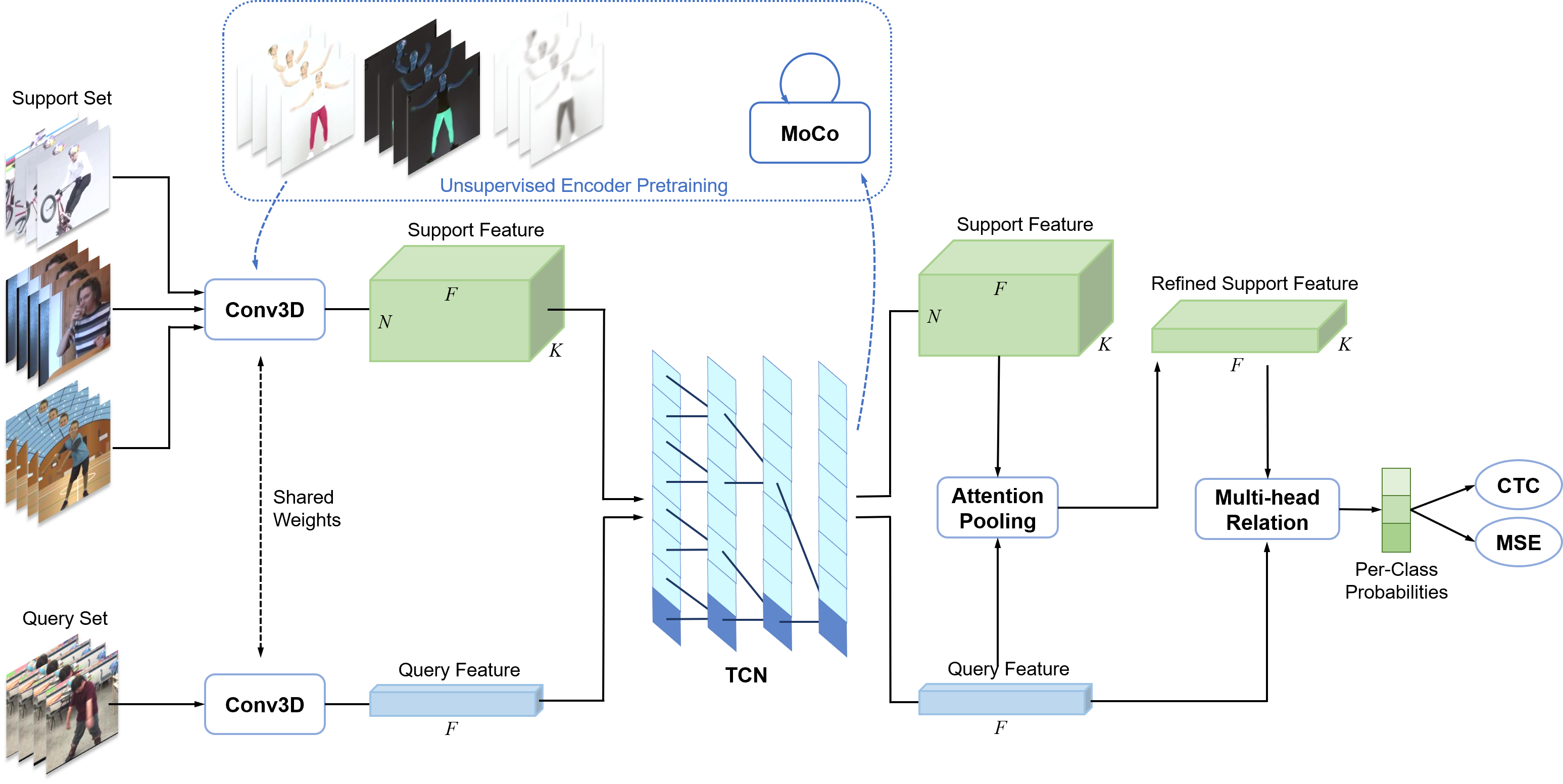Semi-supervised Few Shot Action Recognition
- Adopted sliding windows for video segmentation and connectionist temporal classification (CTC) loss to train the video embedding with relatively loose alignment, providing accurate video embedding and more robust action recognition; developed a multi-head relational network to compare the video similarity, laying emphasis on both the entire action similarity and local similarity of action clips.
- Involved the multi-head attention mechanism to extract the feature of an unseen class based on the given query videos and recursively refined the feature of the query videos. This refinement extracts more representative features and allows more effective classification.
- Experiment results outperformed the state-of-the-art action classification (without few-shot learning) on a set of published datasets over a margin of about 5%.
Multi-Agent Sharing Bike Repositioning
Full paper and oral presentation accepted by AAMAS-2021
[Paper] [Website] [GitHub]

- Propose an encoder-decoder based graph attention module to accurately represent the complicated interactions between heterogeneous entities in the Multi-Agent System.
- Introduce the pre-training with a local actor-critic algorithm for cooperative policy learning, through which each agent gains intelligence through selfish policy learning. And the pre-trained agents will be further trained for cooperative policy learning.
- Reduced the bike shortage rate by over 98% in CitiBike scenarios, outperformed the results of widely applied operational research solutions (76%); decreased the repositioning workload by about 40%, and thus improved the repositioning efficiency.

Multi-Agent Resource Optimization (MARO) platform
[github]
*Collaborator
- Applied Multi-Agent Reinforcement Learning (MARL) to solve real-world combinatorial optimization problems: sharing bike repositioning and virtual machine allocation.
- Realized the Citibike and DCSim scenarios by building environment simulators with real-world data traces (from Azure and CitiBike).
- Optimize the simulation speed by 2.6x through parallelizing the simulation over 22 CPU cores.

